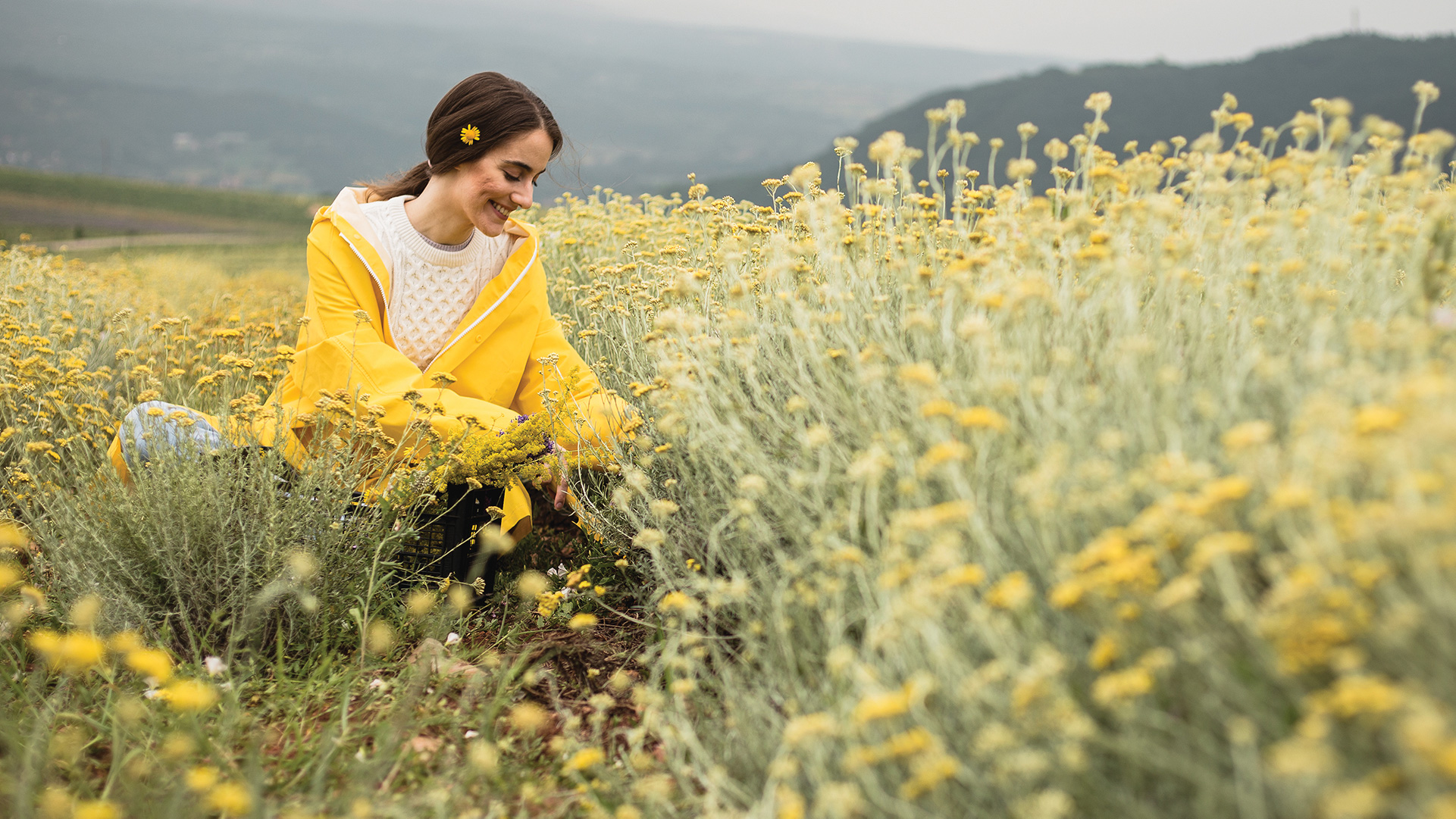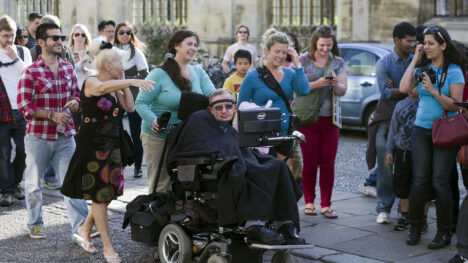Alternative versus Conventional Medicine: Is There a Real Choice?
June 1, 2021

Naturopathy is a topic that generates polarising opinions. And every so often a naturopath will make headlines for all the wrong reasons.
This was the case in Sydney in 2018 when naturopath Marilyn Bodnar was sentenced to 14 months jail after a baby with the skin condition of eczema under her care almost died of starvation. According to the ABC, Bodnar had advised the baby’s mother, who was exclusively breastfeeding, to go on a raw food diet to rid her body of toxins. When the baby became seriously ill with fever, instead of advising the mother to seek urgent medical attention, Bodnar told the mother to go on a fast and to give the child goat’s milk, which he repeatedly threw up.
Bodnar’s case is not an isolated incident. Babies have died from bacterial meningitis after naturopaths have treated them with echinacea, and teenagers have died from only taking herbs or herbal medicine for their asthma.
In sentencing Bodnar, Downing Centre District Court Judge Peter Berman said, “Well-intentioned but seriously misguided advice is . . . capable of causing great harm and even death.”
Naturopathy is defined as a system of alternative medicine based on the theory that disease or health conditions can be successfully treated or prevented without the use of drugs. As an alternative, Naturopathic treatment often involves the prescription of a variety of natural therapies or lifestyle changes as part of a treatment plan including—but not limited to— homeopathy, natural medicines, hydrotherapy, nutritional advice and exercise regimes.
Former naturopath, and author of the blog Naturopathic Diaries, Britt Hermes, says a danger of naturopathy is that during their training, naturopaths are “tricked” into thinking that they are competent primary care practitioners or equal to health professionals such as doctors. “As long as the naturopathic profession continues to assert that naturopaths are trained ‘just like medical doctors’ we are going to have issues,” she writes.
This move was welcomed by Professor Alastair MacLennan, who is a founding member of the Friends of Science in Medicine. He is a passionate advocate for the need for evidence-based medicine.
“Alternative medicine just means medicine that has not been proven. If it was proven, it would be considered genuine, conventional medicine,” MacLennan says. “Almost all alternative medicines, or practices like acupuncture or chiropractic or naturopathy, rely on something magical that they are doing. But it doesn’t work.”
While some alternative therapies may seem to work initially, this temporary improvement may often be due to the well-known phenomenon of the “placebo effect”.
“There are four main harms of so-called ‘harmless’ therapies,” says Professor MacLennan, who was appointed an Officer of the Order of Australia in 2011. “One is, they delay you trying to find effective therapy. Two, they are often very expensive. The third is that some of them have side effects. And finally, there is the disillusionment that leads to depression that occurs when a placebo wears off and hasn’t done what you’d hoped it would do.”
Despite the largely unproven and unregulated nature of alternative therapies, millions of people are still drawn to them. The Royal Australian College of General Practicioners estimates that two-thirds of Australians have used complementary and alternative medicine (CAM) at some stage, spending more than $A4 billion annually on treatments that have little or no clinical evidence to back them up.
At the same time it’s hard to argue that the traditional medical system is without fault. Funding shortages, long hours, bureaucracy and clinician burnout mean the cliché of the uncaring doctor shoving a prescription at a patient, without properly listening to their health concerns, can unfortunately sometimes end up being be true. And almost all alternative practitioners have many cases of patients who have come to them as a last resort after the traditional medical system has failed them.

Claire Dunkley is a nurse consultant who specialises in amino neuro frequency therapy—an alternative treatment using frequency-emitting discs that claims to reduce pain and inflammation in the body by modulating the nervous system. She believes that society’s health issues are negatively influenced by the overwhelming focus on pharmaceutical or surgical options, rather than identifying and treating the underlying cause of the health issue.
“Traditional medicine has its place in acute, traumatic events, but when it comes to chronic disease management, you can’t expect people to get better with only pharmaceuticals,” she says. “The difference between what we [alternative therapists] do, is that we believe that no one person is the same, that no one person has the same ailment for the same reason.”
Dunkley would like to see conventional and alternative medicine practitioners working together more to offer the patient a more holistic approach to treatment—one which looks at treating the whole person rather than just the individual symptoms.
However, many conventional medical practitioners would argue that they already work closely with a range of allied health care professionals including physiotherapists, dietitians and psychologists.
“When you’re dealing with chronic diseases, you need to have a multidisciplinary team working in a holistic way to co-ordinate patient care,” says Victorian-based general practitioner, and founder of Pop Up GP, Dr Deepak Gaur. “I used to do a lot of work in chronic fatigue syndrome and you’ve got to look at the patient as an individual to understand the condition.”
Acute illnesses and trauma are one thing. But is there a role for the alternative practitioner who may be able to offer more time and empathy for people with chronic conditions?
MacLennan believes the answer is no. “I’ve absolutely nothing against massage, relaxation and good advice about diet and exercise. That’s all common sense. But you don’t need an alternative practitioner for that.”
Nicky Wood, a naturopath based in New South Wales with more than 25 years’ experience, adamantly disagrees. She says naturopathic medicine can play an integral role in supporting someone’s health and wellness goals.
“One of the first things I do when I’m seeing a patient is to remind them that I’m not there to diagnose conditions,” Wood said. “I often say to my patients, ‘I’m a wellness concierge’.”
The most common ailments Wood’s patients are suffering from include digestive conditions, dermatological conditions, chronic fatigue and chronic pain. She believes botanical medicine is a value-added way to treat ailments. “We’re able to support general nutrition at a trace minerals and vitamins level,” she said. “It’s a multi-faceted approach.”
Suzanne Wadsworth, 49, has been seeing Wood for the past six months to help manage her chronic lymphatic leukaemia. She claims that the dietary and lifestyle modifications, and the natural supplements that Wood has advised, have helped her to avoid commencing chemotherapy.
“I’m on a modified keto diet made up of leafy greens, vegetables, healthy fats, eggs and seafood and have removed stresses to my body by increasing meditation, rest, and swapping high intensity exercise with yoga, walking and swimming,” says Wadsworth, who lives in Queensland. “I also take a lot of supplements including Immunogenics, herbal tonic, Vitamin D, Vitamin C, Gtox, EnergX, NAC and Adaptan.”

Wadsworth credits Wood with helping her deal with emotional triggers that otherwise might send her on an alcohol or food binge.
“I feel like naturopathy addresses my wellness overall and I am learning how to manage my chronic condition,” Wadsworth says. “If the medical system recommends that I have chemo, and I cannot reverse my test results with diet and lifestyle alone, then I will have chemo. But if I can avoid chemo with my own lifestyle choices, I will be very happy.”
It is estimated that up to one- quarter of prescription medicines are made from ingredients found in rainforests. And when it comes to a toss-up between a conventional prescription medicine, and a herbal remedy, a doctor speaking to me off-the-record recently said: “Alternative medicine is the medicine that is left over from conventional medicine, because it doesn’t work.”
There is perhaps some truth to that. But it still begs the question: How does a substance, or a treatment for that matter, become a conventional medicine?
“As soon as you set up a carefully controlled experiment, then you can assess some intervention or some herb as either effective or not effective,” says medical scientist Professor Jonathan Stone, former executive director of the Bosch Institute, Australia’s leading medical research institute. “And if it passes the effectiveness test, it becomes part of the world of science.”
It’s common sense to maximise our health through exercise, avoiding smoking, drinking and illicit drugs, maintaining a healthy body weight and eating well. But it’s equally important to exercise due diligence when it comes to treatments for your body, whether they be pharmaceutical, “off-label”, surgical or lifestyle modifications. If a proposed treatment has minimal evidence behind it, maintain a healthy scepticism. After all, if something sounds too good to be true, there’s usually a reason why.
Suvi Mahonen is a writer and former News Corp journalist based in Surfers Paradise, Queensland. For more of Suvi’s health information and reporting, head to Suvi’sJournalism on YouTube.









